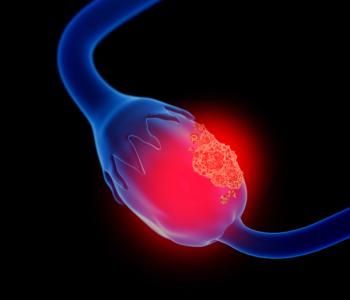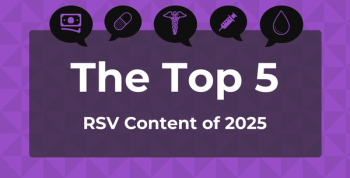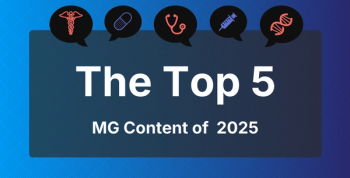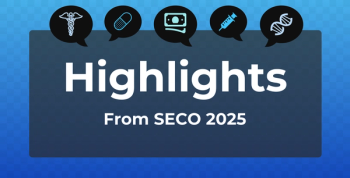
Researchers Highlight Promise of AI in Diagnosing, Managing NAFLD
Sifting through large quantities of data using artificial intelligence (AI) could one day change how nonalcoholic fatty liver disease (NAFLD) is diagnosed, managed, and treated, according to a recent review.
Artificial intelligence (AI) and its subsets may play a key role in the coming years in the diagnosis and management of the growing problem of
In particular, AI and its subdisciplines of supervised and unsupervised machine learning and deep learning and deep neural networks could assist with patient identification, determination of disease severity, and drug development in order to close knowledge gaps by sifting through vast amounts of data, the authors said.
Multiple studies have already identified several ways in which these advances—if verified with larger randomized controlled trials—could improve patient outcomes.
Applying deep learning to electronic health records could identify high-risk patients and clinical predictors of disease with improved accuracy. In patients with more advanced disease, deep learning and deep neural networks could reduce interobserver variability among pathologists, and, since the current gold standard for diagnosis is a liver biopsy, avoid the need for invasive testing. Earlier, easier identification can also enable lifestyle modifications, which are key to slowing disease progression.
As an example, the authors highlighted
In another study involving more than 10,000 patients, researchers used AI to identify triglycerides, alanine aminotransferase, gamma-glutamyltransferase, uric acid, and body mass index as the most effective predictive markers of NAFLD.
In stratifying severity in patients with NAFLD as well as nonalcoholic steatohepatitis and advanced fibrosis, the authors highlighted a research platform that was used to train a deep neural network with more than 20 layers and 8 million parameters from more than 600 liver biopsies. The machine learning models and the pathologist interpretations had strong agreement, which could pave the way in the future to improved work efficiency, increase uniformity, and speed processing.
As there are limited options for NAFLD drug therapy, the authors said, AI could identify patient response, particularly by taking into account their genomics and environmental exposures. AI could also be used to identify possible new drug targets or repurpose existing medications.
Reference
Aggarwal P, Alkhouri N. Artificial intelligence in nonalcoholic fatty liver disease: A new frontier in diagnosis and treatment. Clin Liver Dis. Published online August 5, 2021. doi:10.1002/cld.1071
Newsletter
Stay ahead of policy, cost, and value—subscribe to AJMC for expert insights at the intersection of clinical care and health economics.







































